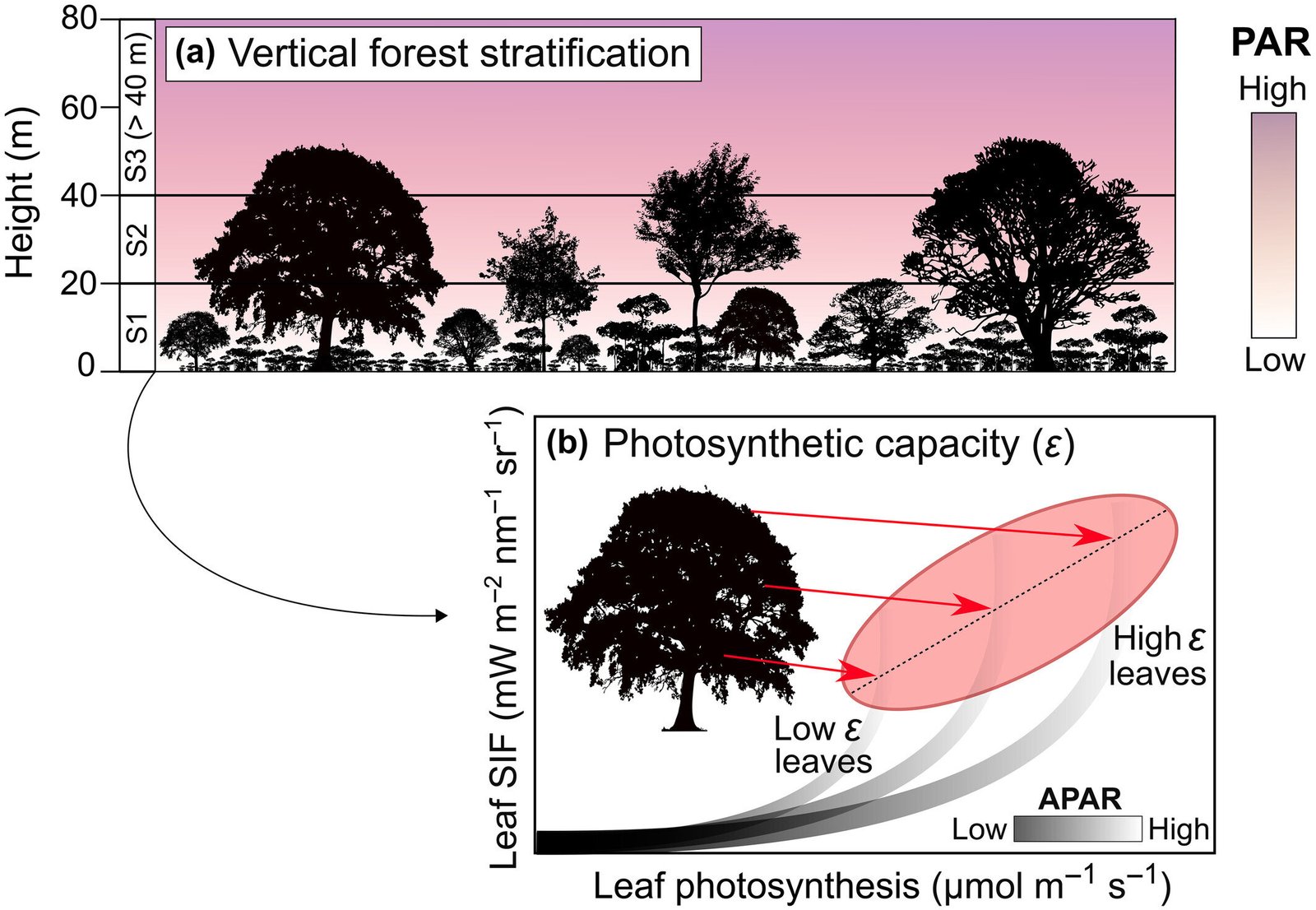
Engineers at the UCLA Samueli School of Engineering have introduced a universal framework for point spread function (PSF) engineering, enabling the synthesis of arbitrary, spatially varying 3D PSFs using diffractive optical processors. The research is published in the journal Light: Science & Applications.
This framework allows for advanced imaging capabilities—such as snapshot 3D multispectral imaging—without the need for spectral filters, axial scanning, or digital reconstruction.
PSF engineering plays a significant role in modern microscopy, spectroscopy and computational imaging. Conventional techniques typically employ phase masks at the pupil plane, which constrain the complexity and mathematical representation of the achievable PSF structures.
The approach developed at UCLA enables arbitrary, spatially varying 3D PSF engineering through a series of passive surfaces optimized using deep learning algorithms, forming a physical diffractive optical processor.
Through extensive analyses, the researchers showed that these diffractive processors can approximate any linear transformation between 3D optical intensity distributions in the input and output volumes. This enables precise, diffraction-limited control of light in three dimensions, paving the way for highly customized and sophisticated optical functions for 3D optical information processing.
By jointly engineering the spatial and spectral properties of 3D PSFs, the framework supports powerful imaging modalities such as snapshot 3D multispectral imaging—achieved without mechanical scanning, spectral filters, or computational postprocessing. This all-optical approach offers unmatched versatility for high-speed, high-throughput optical systems.
This work marks a significant stepping-stone for future advances in computational imaging, optical sensing and spectroscopy, as well as 3D optical information processing. Potential applications include compact multispectral imagers, high-throughput 3D microscopy platforms, and novel optical data encoding and transmission systems.
The study was conducted by Dr. Md Sadman Sakib Rahman and Dr. Aydogan Ozcan in the UCLA Electrical and Computer Engineering Department and the California NanoSystems Institute (CNSI).
More information:
Md Sadman Sakib Rahman et al, Universal point spread function engineering for 3D optical information processing, Light: Science & Applications (2025). DOI: 10.1038/s41377-025-01887-x
Citation:
Universal framework enables custom 3D point spread functions for advanced imaging (2025, June 15)
retrieved 15 June 2025
from https://phys.org/news/2025-06-universal-framework-enables-custom-3d.html
This document is subject to copyright. Apart from any fair dealing for the purpose of private study or research, no
part may be reproduced without the written permission. The content is provided for information purposes only.




